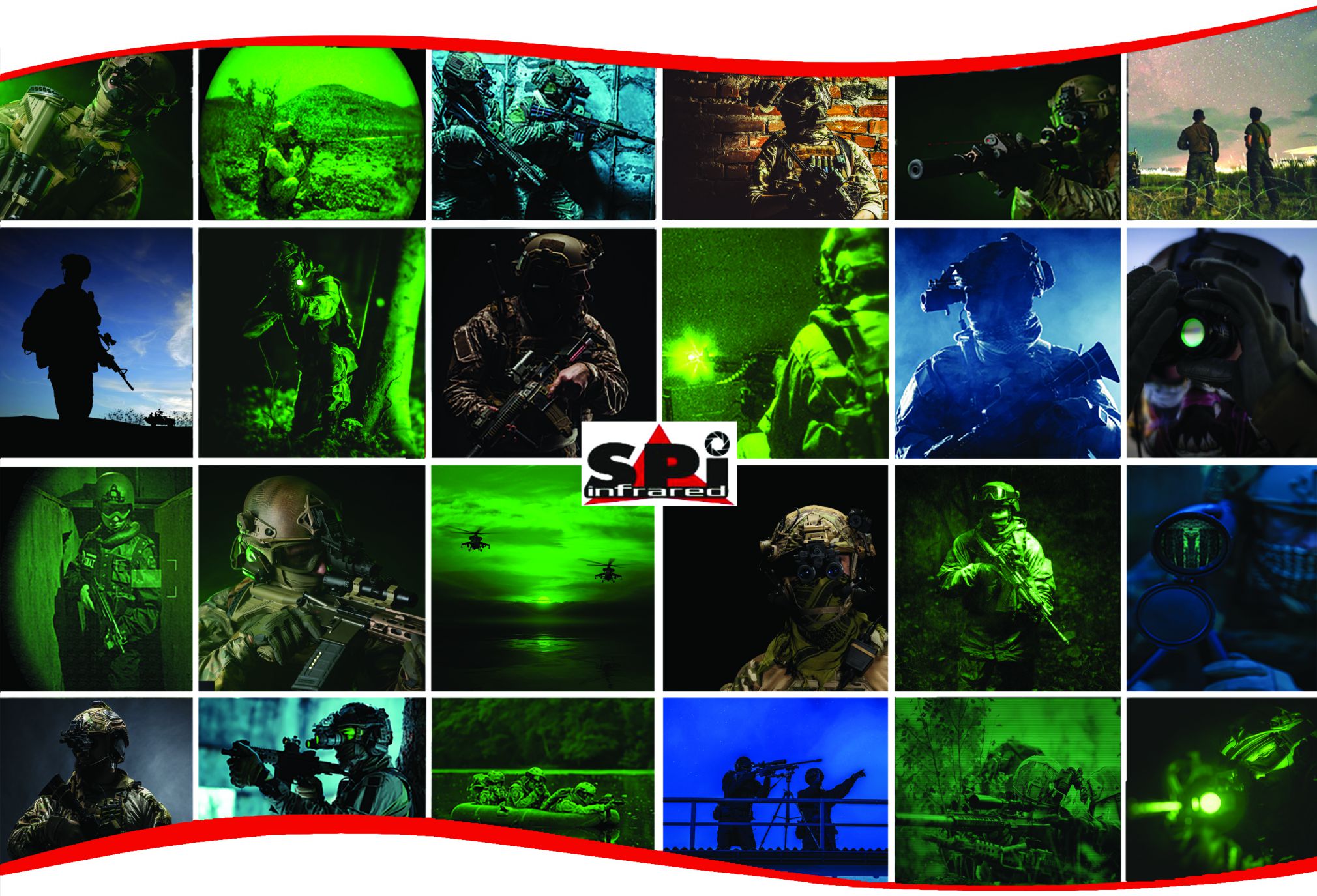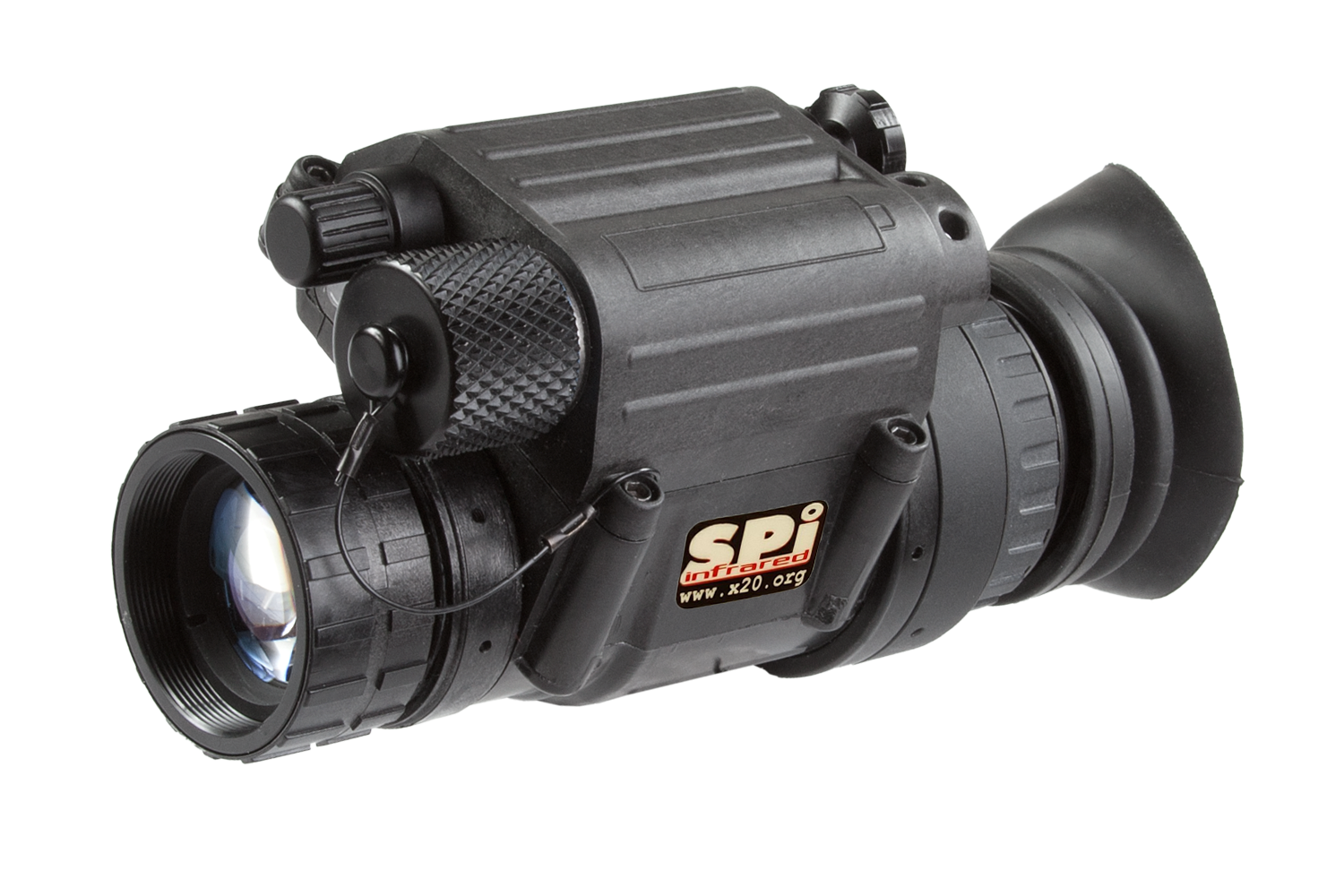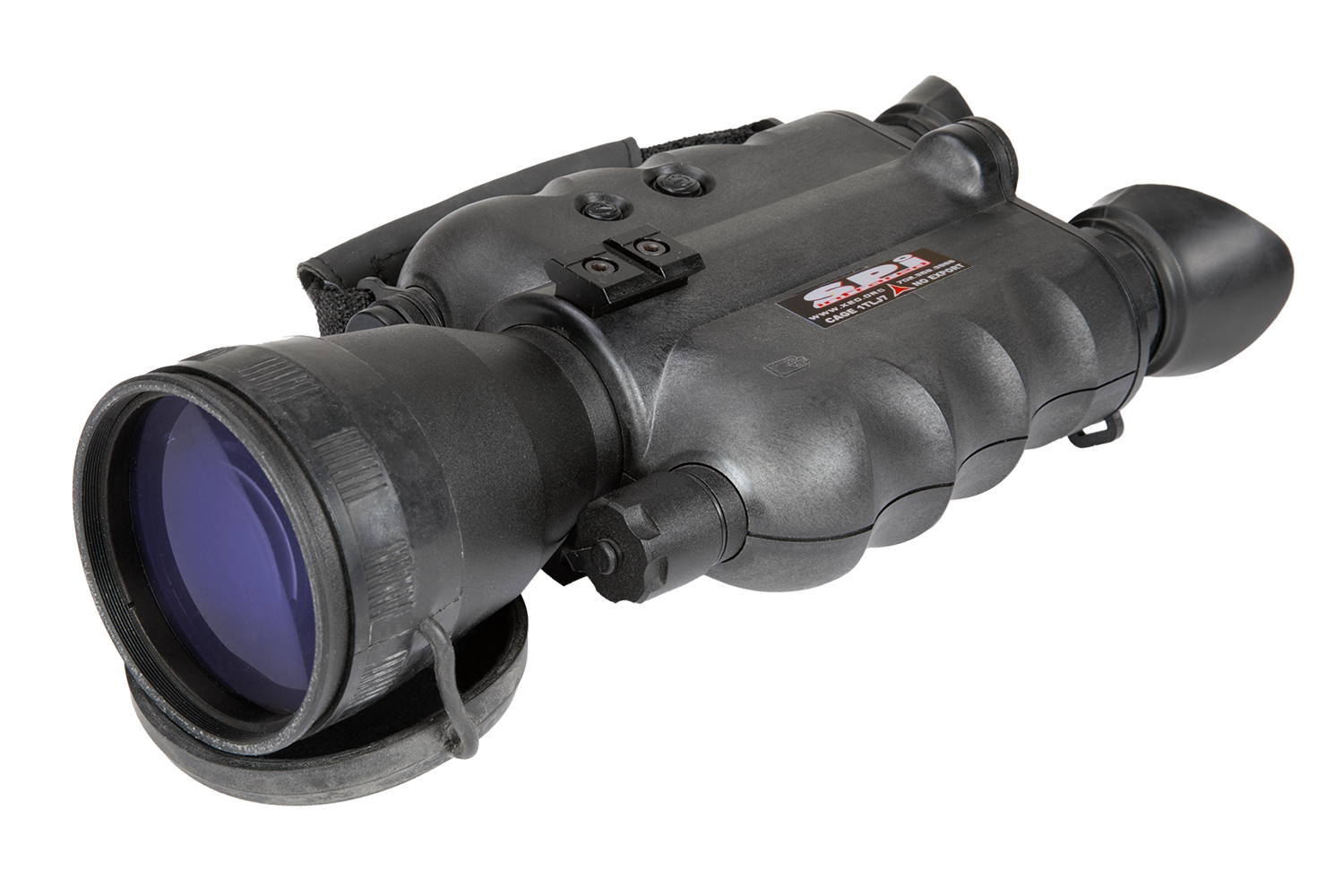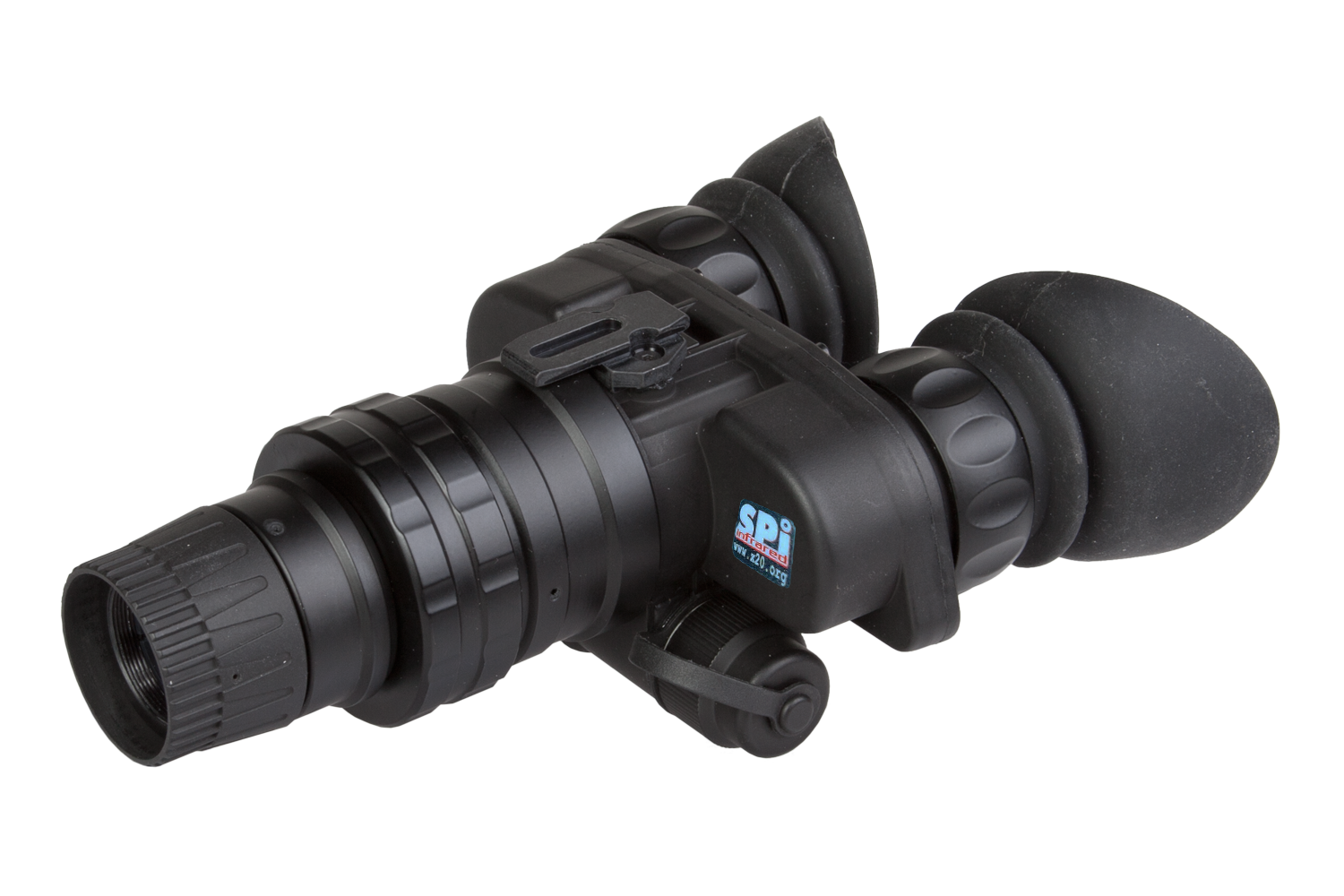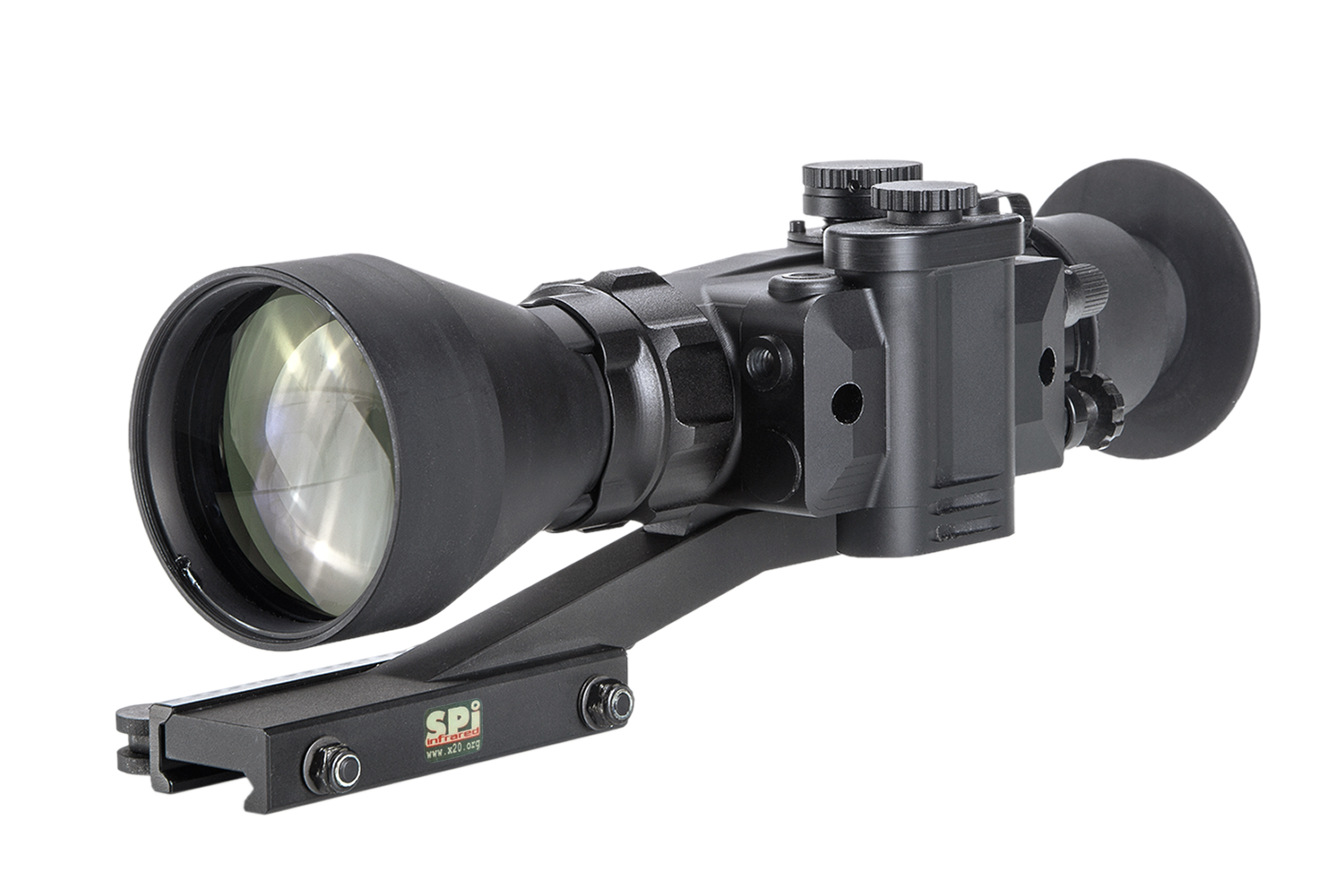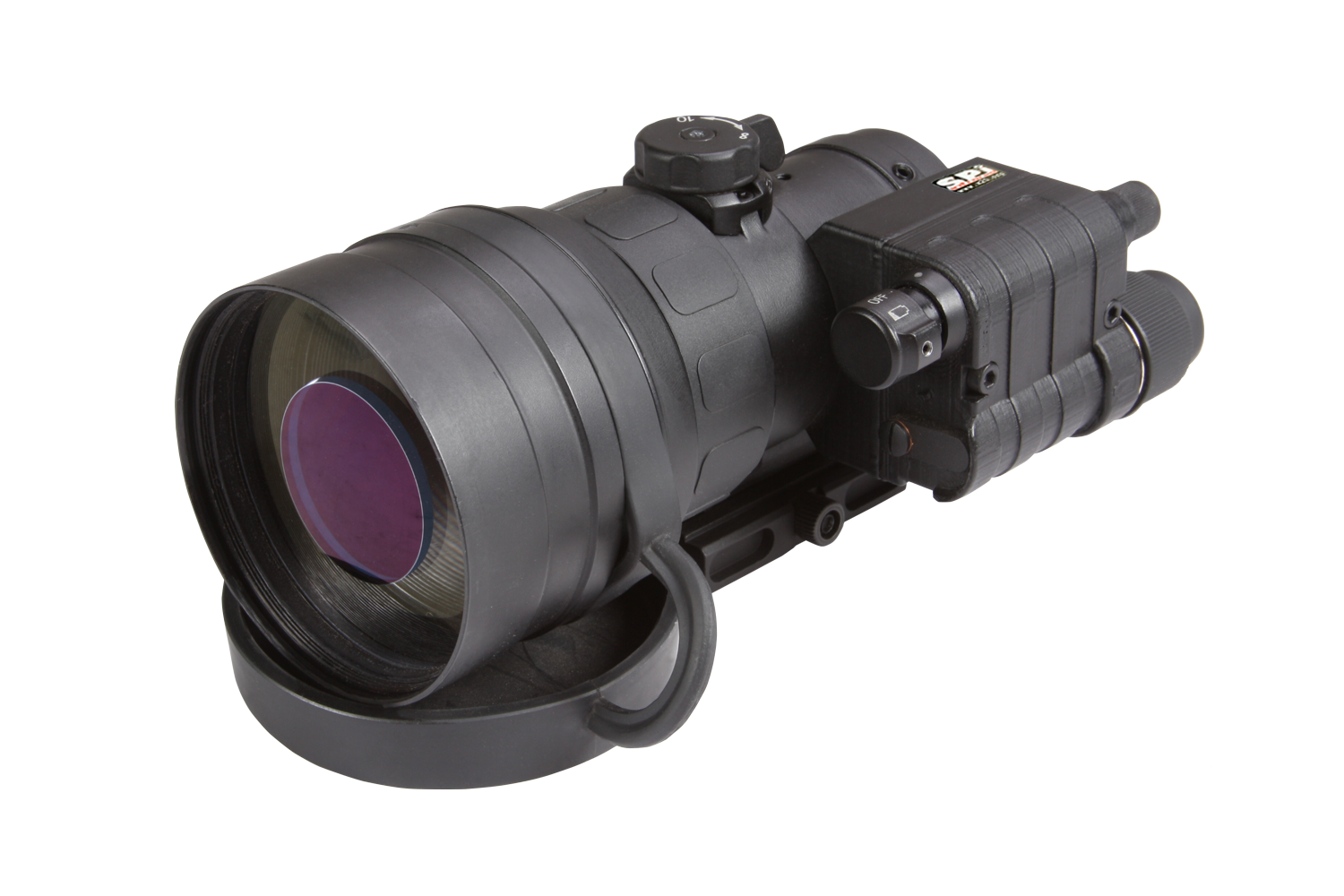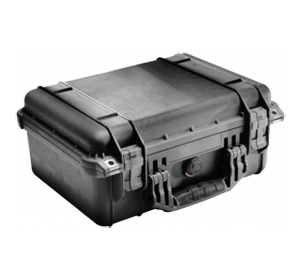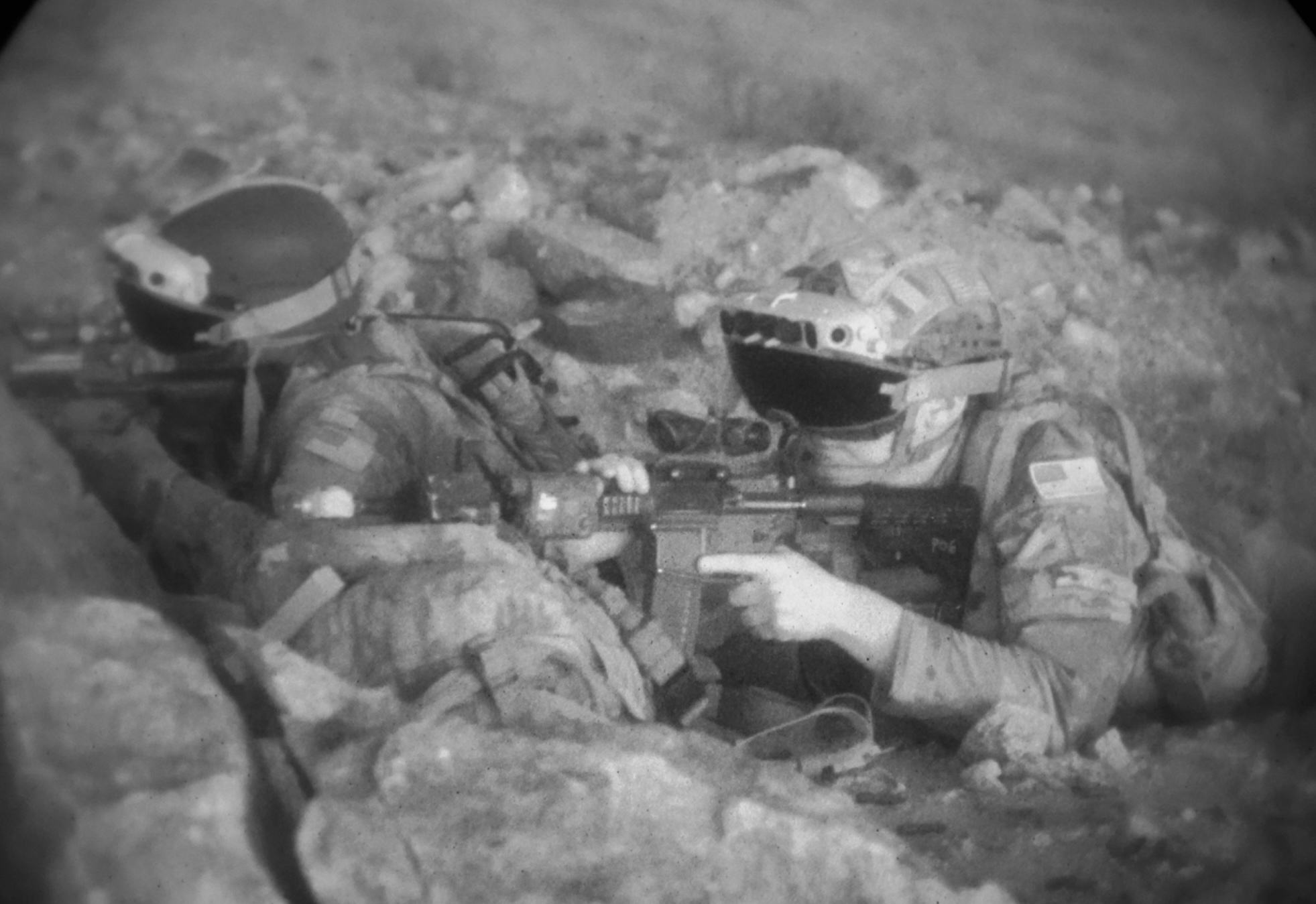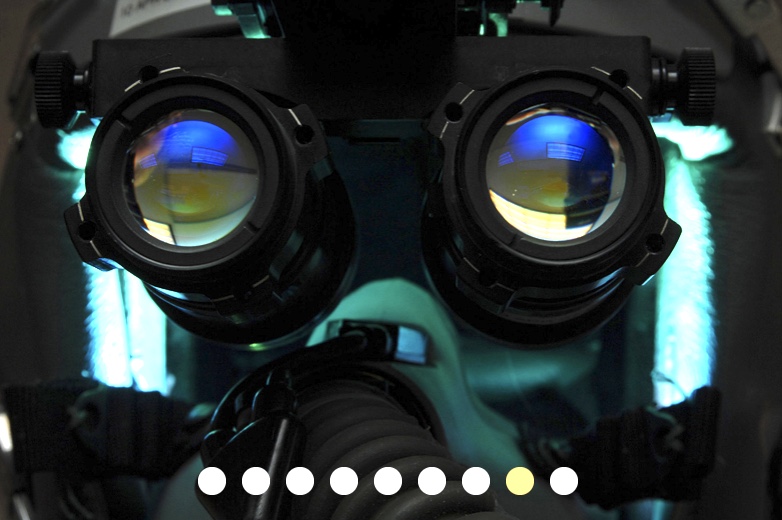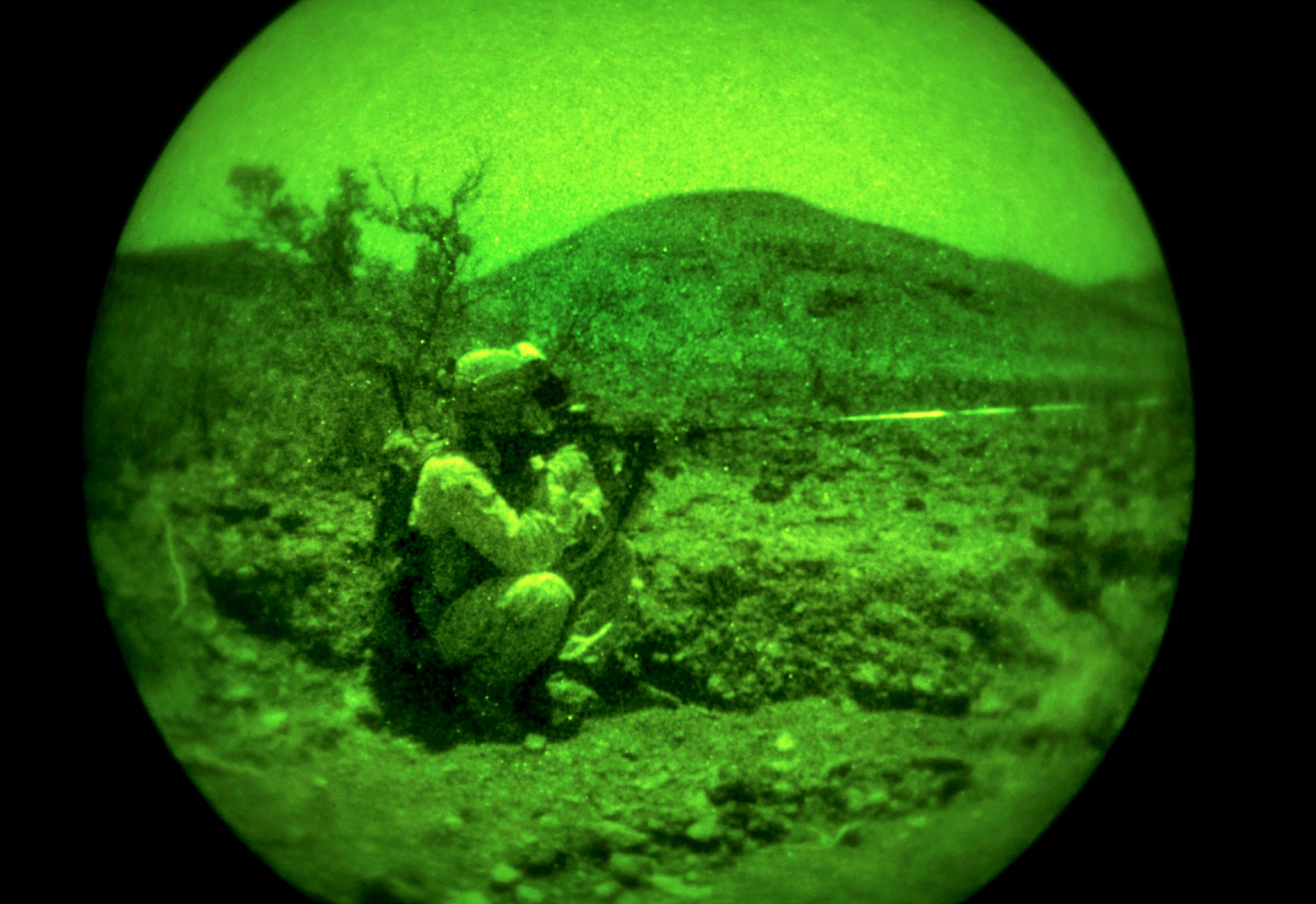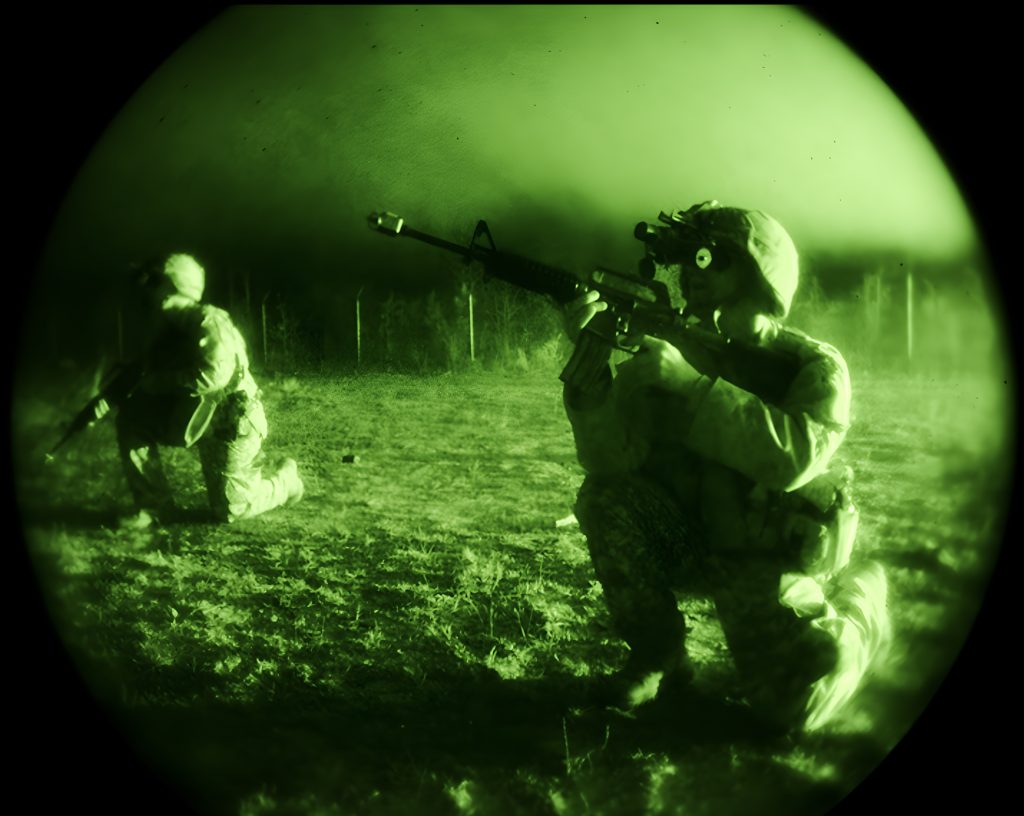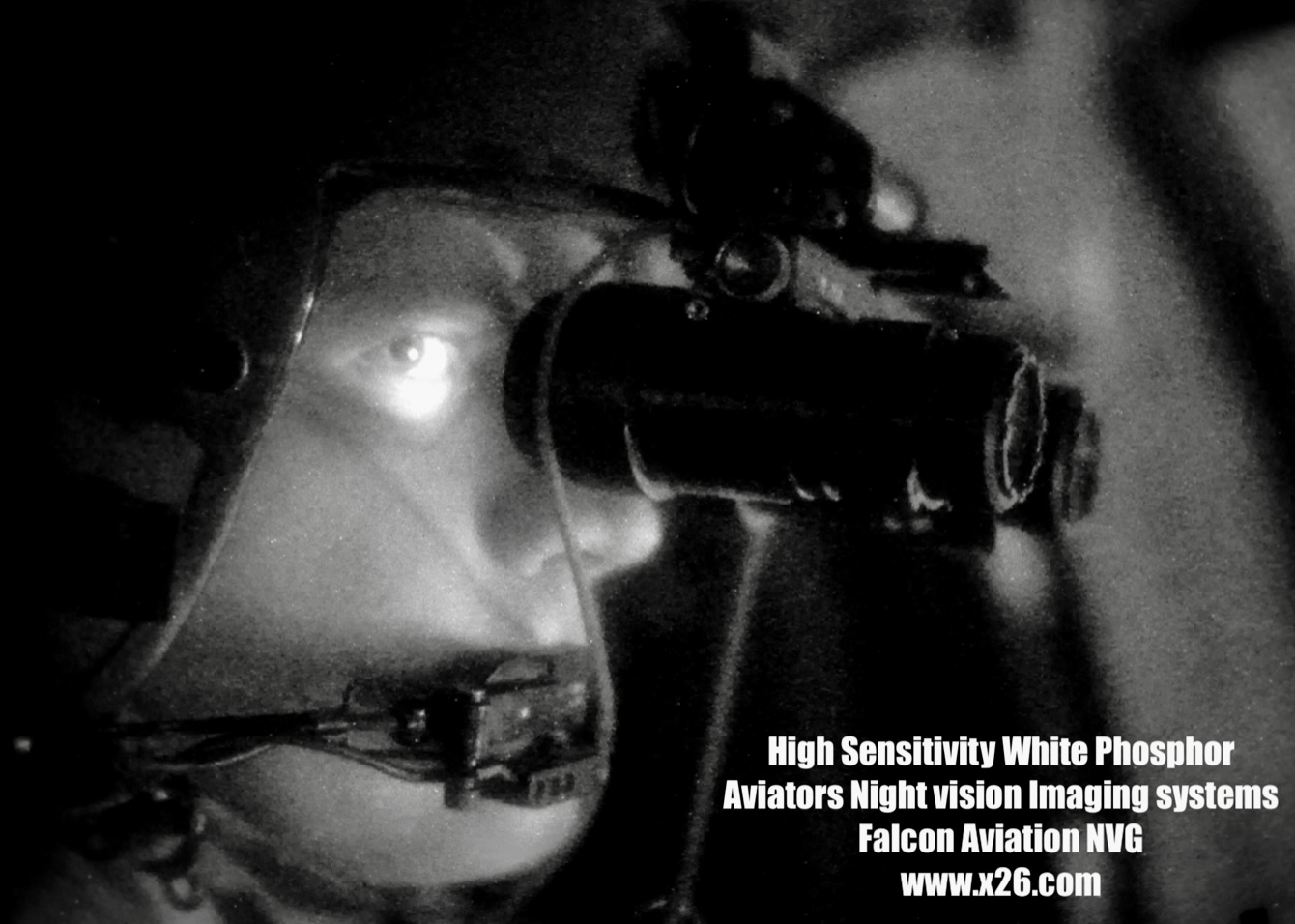Welcome to SPI advanced thermal night vision products, We offer a wide array of advanced next generation long range thermal imaging
Night vision scopes, sights, goggles, monoculars, and binoculars. Our I2 image intensifier tubes are
Hand selected to offer the highest long range imaging performance with ultra clean, sensitive performance.
Long Range next generation Night vision
SPI Night Vision Products: Features and Technologies
- Best in class green or white phosphor milspec systems
- Long range Ground, marine and aviation grade NVG’s
- Highest-quality long range optics, durable materials constructed with unwavering quality
- Many additional accessories available to meet your many needs
Our NVD Product Offerings
High performance battle-tested, Military-grade night vision products
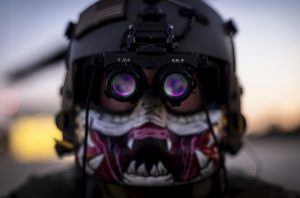 CLICK HRE FOR THE MILSPEC FALCON
CLICK HRE FOR THE MILSPEC FALCON
AVIATORS NIGHT VISION GOGGLES
- Night Vision Weapon Sights
- Worlds best broadband HD color night vision imaging systems
- Image Intensifiers up to 1100nm with 1064nm IR laser see spot capabilities
- Night Vision Rifle scopes
- Night Vision Clip on scopes
- NVG for ground, marine or avaition
- Prime hand select green or white phosphor I2 Tubes
- Night Vision Monoculars
- Long Range Night Vision Binoculars
- Highest grade ultra sensitive clean hand selected I2 image night vision image intensifier tubes
- Multi-range IR illuminators
- Image intensifiers in Gen 2+ or Gen 3+
- Many accessories, Everything from eyecups to battery kits
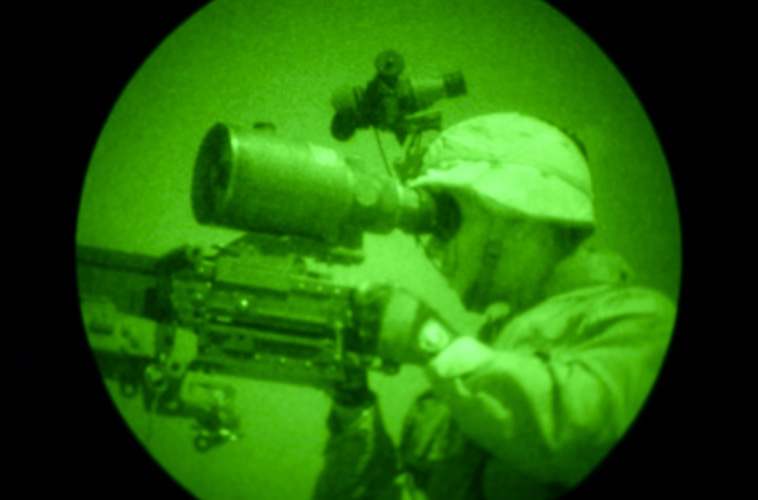
Long Range Night vision binoculars, monoculars, and scopes
Long range Binoculars and monoculars may not have the hands-free perk of goggles, but they do offer something goggles do not: magnification.
Both long range binoculars and monoculars make distant scenes appear much closer, but exactly how much closer will vary between models.
The number of eyepieces is the biggest difference between night vision binoculars and monoculars. Binoculars are built for both eyes, while monoculars can only be used with one eye at a time.
Most consumer-grade night vision scopes are sold to recreational hunters, many of whom buy them to attach to the top of their hunting rifles. As with goggles, scopes can also be used in military and law enforcement settings and for other purposes.
Night vision binoculars, monoculars and scopes are all available in image intensifying and thermal imaging models.
For hunting, each of these three devices can be used to look for animals in low-light environments. Since animals naturally produce a lot of heat, equipment that uses thermal imaging can be particularly useful, especially when the animal is far away.
Night vision goggles are electronic devices that allow the wearer to see better in the dark. They offer a hands-free alternative to other night vision equipment. While consumer-grade products are available, night vision goggles are often used in military or law enforcement settings. These tend to be very expensive and top-of-the-line models can cost thousands of dollars.
Night vision goggles (sometimes called NVGs) don’t usually have magnification, so the image distance you see is similar to what it would be to your unaided eyes. They cover both eyes and give the wearer better depth perception than a camera or a device with a single eyepiece.
In a way, they are an artificial improvement of your own natural night vision
Night vision binoculars, monoculars and cameras are generally more popular with the average consumer than goggles. These devices are often used for low-light security, hunting and wildlife viewing.
You might even own a night vision device without knowing it.
In general, there are two types of long range night vision goggles and gadgets: image intensification and thermal imaging. Each one lets you see in the dark, but in a completely different way.
All light and radiation has a place on the electromagnetic spectrum. The shorter the wavelength, the lower the radiation is on the spectrum. The wider the wavelength, the higher.
Our eyes can only see a small slice of this scale. This visible light is what we see all around us.
Thermal imaging, however, gives us a peek at infrared radiation (IR), which is normally invisible to the naked eye. Infrared radiation is associated with heat, and objects containing more heat tend to emit more infrared radiation.
Some thermal night vision units display different levels of heat as vibrant colors. Warmer objects display as warmer colors (reds, oranges and yellows), while objects with less heat show up as cooler colors (blues and purples).
Other thermal devices display the image in black and white; in these, hotter objects appear brighter and cooler objects look darker.
Image intensification
Also called image enhancement, image intensification is what many people picture when they think of night vision. It’s the one where everything is coated in a green color.
Image intensifiers work like this:
- Light, which is made of tiny particles called photons, enters the image enhancing goggles. In low-light scenarios, this ambient light is usually gathered from the moon, stars or light bulbs in the area.
- The goggles change the way the light photons behave by changing them into electrons, then back into new photons. This process brightens, or intensifies, the light.
- A green color filter is sometimes used to make the amplified image easier and more comfortable for your eyes to see.
- The upgraded photons enter your eyes and the formerly low-light scene looks brighter.
This type of night vision makes low levels of light easier to see, but it can’t make something out of nothing. Image intensification does not work in complete darkness.
Thermal imaging
When a night vision device uses thermal imaging, it translates invisible heat into a picture or color we can see. Unlike image intensification, thermal imaging technology can work in total darkness — as long as something is giving off heat.
Consumer security cameras with built-in night vision seem to get more popular and more affordable every year. Many of these cameras take advantage of a different kind of infrared radiation.
Instead of “collecting” infrared light emitted as heat, modern devices often use their own infrared LED lights to see in the dark. This is known as active illumination.
Think of IR-light devices as an invisible flashlight. We may not be able to see the beam of infrared light as it leaves the device, but once it bounces back into the camera and is processed, its effect is similar to that of a flashlight.
Cameras aren’t the only products that use infrared illumination — other night vision products can use IR lights too.
Low-light night vision device
Principle: The instrument uses the low-brightness night sky, stars, moon and atmospheric glow reflected by the target at night to enhance it by hundreds of thousands of times, so as to be suitable for naked eye reconnaissance, observation, aiming, vehicle driving and other battlefield operations at night.
Features: Since the low-light night vision device uses night sky lighting to work, it is a passive way of working, so it can better hide from the hiding places of departments engaged in special tasks such as military, criminal investigation, drugs, etc. Edit, privatize, night it works best for surveillance and security applications. Low-light night vision devices have been developed for three generations. The first generation is a three-stage cascade low-light night vision device (composed of three generations of 0 photocells in series). The second generation is a microchannel plate type low-light night vision device, and the third generation is a ||| -V negative electron affinity photocathode image intensifier low-light night vision device. During the transition from the second generation to the third generation, a super second-generation photocell called the second-generation plus was developed, whose technical performance is second only to the third-generation product. Low-light night vision devices are divided into five levels: Gen 0, Gen 1, Gen 2, Gen 2 Plus and Gen 3. So far, the development of low-light night vision devices is technically mature, with good imaging quality and low cost. Therefore, they will remain one of the main devices for night vision devices in the world for a long time to come. The second-generation plus and third-generation products are characterized by small size, light weight, clear image, complete functions and practicality. It is essential equipment for night work in military, public safety, armed police, customs, oil industry, news gathering, tourism, aquaculture, nature lovers and other industries.
However, since the core components of low-light image intensifiers are high-tech products, the process is particularly complex, expensive and relatively expensive. But from a performance-to-price ratio perspective, it’s still pretty good.
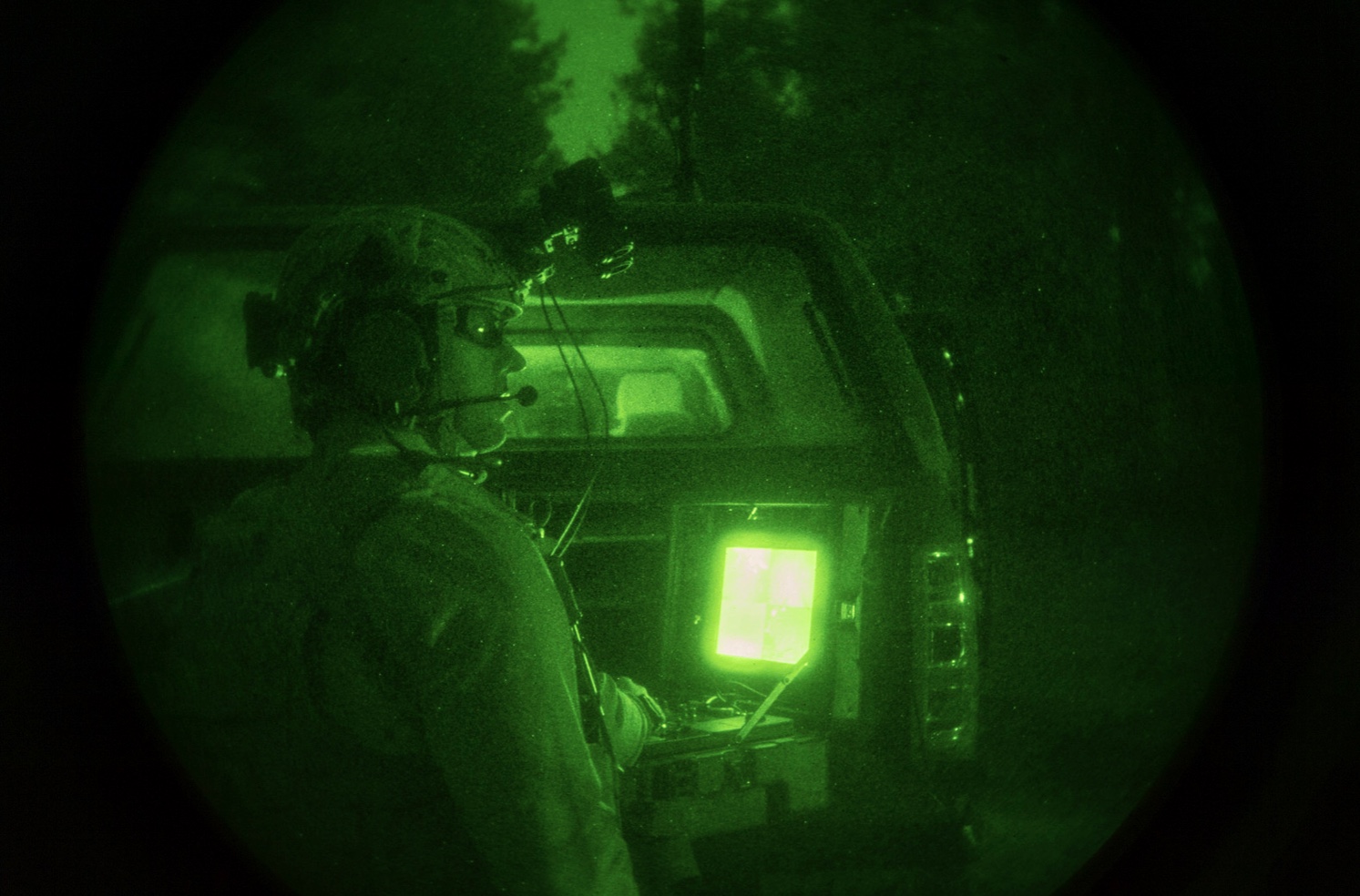
Thermal imaging infrared instrument
Principle: The basic principle of thermal imaging cameras is that all objects with an absolute temperature higher than zero (-273°C) have the basic principle of radiating infrared rays, and the difference between the target and the background radiating infrared rays is used to find and identify the target.
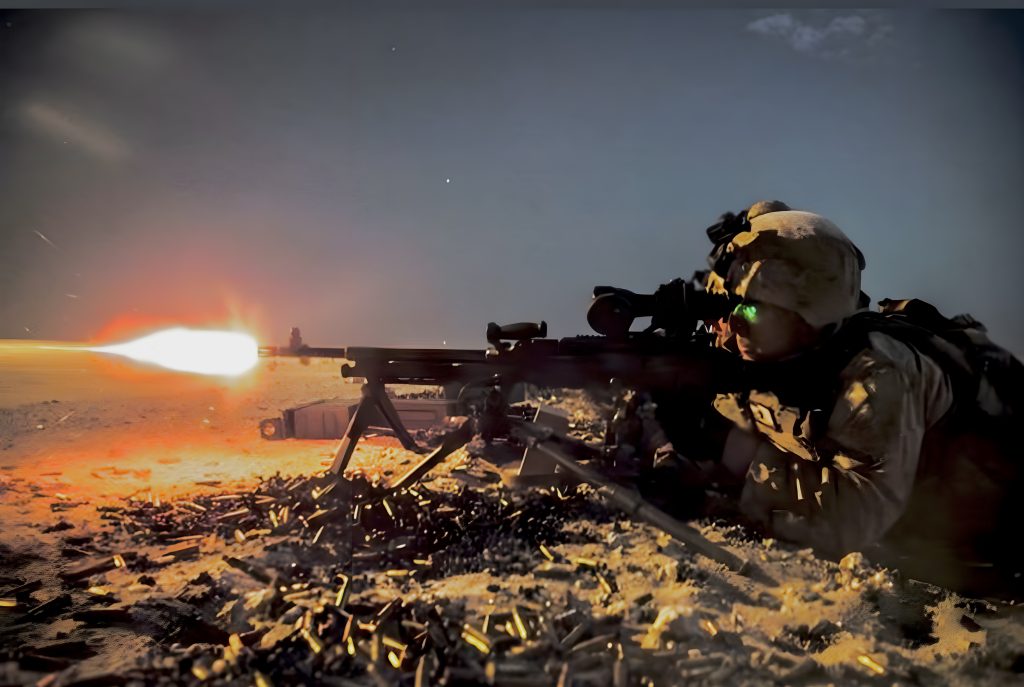 Features: Due to the different infrared radiation intensity of various objects, people, animals, vehicles, airplanes, etc. can be clearly observed, and are not affected by obstacles such as smoke, fog, and trees, and can work day and night at the same time. It is the most advanced night vision observation equipment currently possessed by humans. However, due to the extremely high price, it can only be used in the military at present. However, due to the widespread application of thermal imaging, there is a huge market in the fields of power, underground pipelines, fire and medical, disaster relief and industrial inspection. The development, advancement and high technology of infrared thermal imaging technology will be applied to the private market on a large scale within 30 years and contribute to mankind. The cheapest thermal imagers on the market today cost tens of thousands of dollars, let alone a premium one. It won’t catch on anytime soon.
Features: Due to the different infrared radiation intensity of various objects, people, animals, vehicles, airplanes, etc. can be clearly observed, and are not affected by obstacles such as smoke, fog, and trees, and can work day and night at the same time. It is the most advanced night vision observation equipment currently possessed by humans. However, due to the extremely high price, it can only be used in the military at present. However, due to the widespread application of thermal imaging, there is a huge market in the fields of power, underground pipelines, fire and medical, disaster relief and industrial inspection. The development, advancement and high technology of infrared thermal imaging technology will be applied to the private market on a large scale within 30 years and contribute to mankind. The cheapest thermal imagers on the market today cost tens of thousands of dollars, let alone a premium one. It won’t catch on anytime soon.
Fourth, laser night vision device / night vision system
This product is widely used in border defense, military, public security, cultural relics, bases, oil fields, industrial and mining, factories, fisheries, forest farms, orchards and other places and fields.
This device is suitable for all-weather, especially ideal night-time zero-light surveillance camera system. Its monitoring distance ranges from a few meters to a few kilometers. It is an excellent high-quality high-quality product that has been tested in practical applications in similar products. Technical surveillance camera products. The principle of laser night vision is similar to that of infrared night vision, but the observation distance is longer, which can reach more than several kilometers. Night vision goggles are usually mainly used for surveillance, but they are also quite expensive, costing tens of thousands of dollars. The product has been around for a few years, and it is now rapidly circulating in the market due to its various properties. The prospects for the future are bright.
Active infrared night vision device
Principle: The instrument emits an infrared beam to illuminate the target, and converts the infrared image reflected by the target into a visible light image for nighttime observation. Mainly used for military night vision, driving vehicles, reconnaissance and photography, etc.
Features: Not limited by illuminance, can be observed in complete darkness, the effect is very good, and the price is cheap. However, the viewing distance is short, and it is easy to be spotted by the other party during the observation period, thereby exposing itself. Now it is rarely used in the military field.
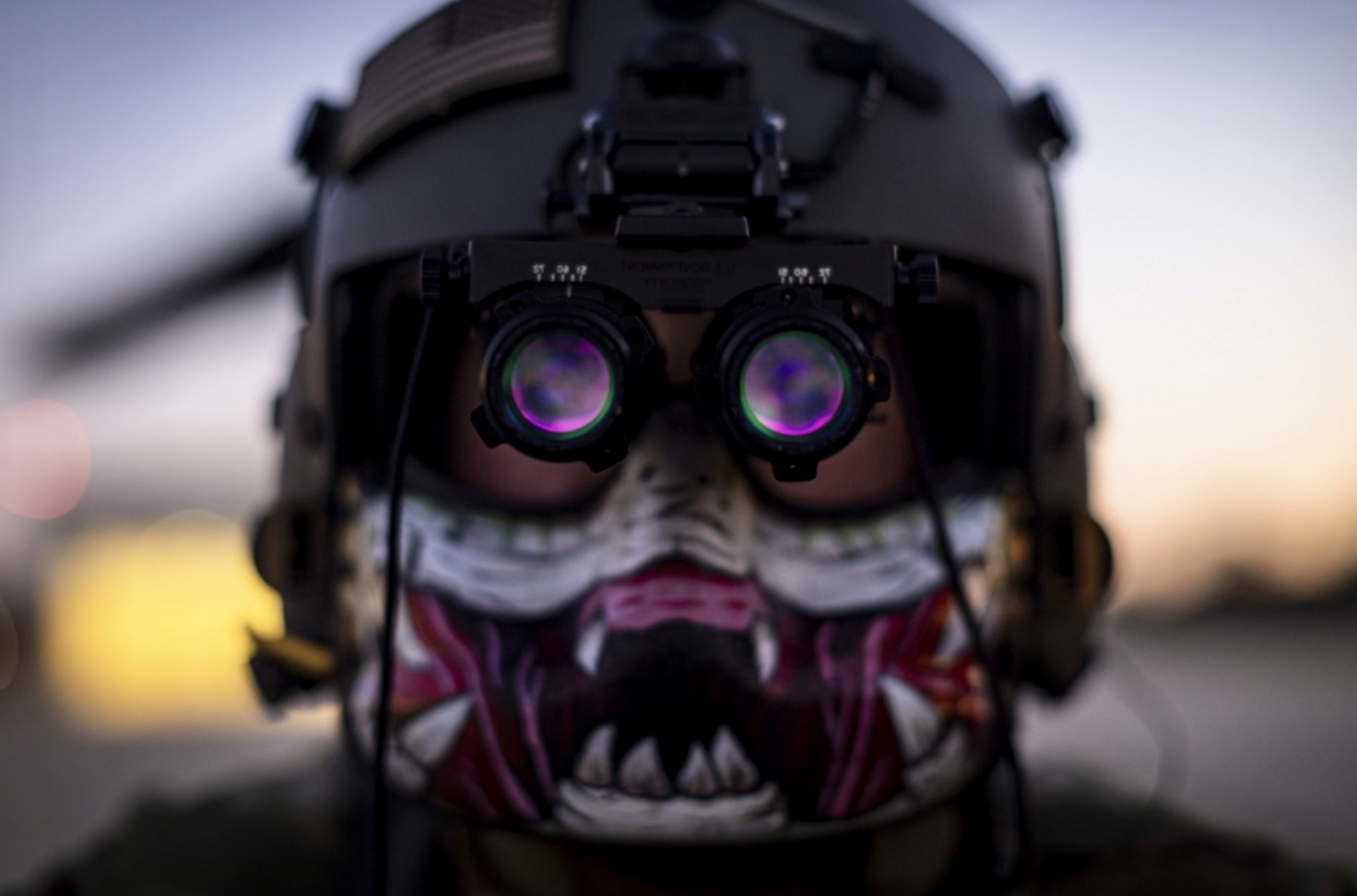
Types of night vision image intensifier tubes
Gen 1+.
The Gen 1+ tube differs from Gen 1 in that instead of flat glass, a fiber optic plate is installed there, the inner side of which is shaped like a sphere. The scale is a cut, at an angle of 6 degrees, a tube of many glass fibers. Glass fibers transmit the image without losing clarity and brightness. This design made it possible to reduce the blurring of the outer third of the image, prevent distortion of the shape of objects and protect against side flare. In this modification, the material of the cathode was changed. Instead of the S-20, a more sensitive S-25 appeared. These measures increased the luminous flux from 500 to 1000 and the recognition range from 40 to 60m. The clarity of the image in the center has also increased to 45 strokes. /mm.
Gen 2+, Gen 2ST.
Generation 2+, Generation 2ST is the primary standard tube. It gives the following parameters: luminous flux amplification of 25-50 thousand, a detection range of 110 m, and a service life of more than 5 thousand. Hours, signal-to-noise ratio from 14-18. Each tube has a microchannel plate and an S-25 multi-alkaline photocathode with a built-in power supply.
Gen 2CGT, Gen 2MS.
Generation 2CGT, Generation 2MS (Mil-Spec) differs from generation 2 without an accelerating chamber. This made getting a more precise and sharper picture possible than the prototype. But it led to a decrease in the brightness gain. This problem was overcome by doubling the sensitivity of the IR-shifted cathode. The brightness coefficient reaches 35 thousand; the resolution is 40-45 lines / mm, the detection range is 180 m, and the service life is 2000-5000 hours. These pipes have better characteristics than the standard ones, and their price will be slightly higher. Often supplied with a tube passport.
Gen 2HPT, Gen 2HP.
Generation 2HPT, Generation 2HP was born as an attempt to get something cheaper than Gen3 but just as effective. For this, a miniature multi-alkaline S-25R photocathode was created with exceptionally high sensitivity in the infrared region. It was more resistant to degradation than AsGa but much easier and cheaper to manufacture. This made it possible to abandon the protective ionic film on the microplate. The number of microchannels was increased in the microplate, which improved the image quality. The result is a tube with the characteristics of the Gene3 box but cheaper and more reliable. It demonstrates the following features: image clarity of 50-70 lines/mm, light amplification of 25-30 thousand, and a detection range of 230m.
Gen 3.
Gen 3 differs from Gen2 in having an AsGa-based semiconductor photocathode, with a sensitivity peak shifted to the infrared region. This made it possible to see in conditions of a starry night with significant cloudiness without infrared illumination. The tube has the following parameters: a light amplification factor of 30-35 thousand, a detection range of 250 m, a resolution of 55-64 lines/mm, and a working life of up to 10 thousand hours. Due to the complexity of production, this generation remains one of the most expensive in the line of night visions. Using robots in vacuum chambers and 400 operations with excellent parameters fully justify their cost.
Gen 3ST.
The Gen 3ST is a standard tube similar to the Gen 3 base tubes but of slightly better quality. There are fewer defects and noise in the images.
Gen 3A.
Gen 3A is a higher-grade tube than the standard Gen 3. They have improved picture clarity and performance. They see a little further; the image is brighter at the same illumination level.
Gen 3P/Gen 3AG.
Gen 3P (pinnacle) / Gen 3AG are auto-gated tubes. The terms auto-gating and pinnacle are essentially the same technology, used interchangeably. This technology is suitable in cities with artificial lighting. It provides better image quality, minimizes ghosting around the light source, saves tube surge, and saves battery life. The tube is based on a GaAs photocathode, and a microchannel plate has a resolution of 64-72 lp/mm and a typical signal-to-noise ratio of 26.
Gen 3 with HS.
Gen 3 with HS (Hand Select) is hand-selected tubes, the highest grade, with a minimum of defects and improved performance and image quality. They have an increased resource of use (more than 10 thousand hours) and are more reliable than their counterparts. Such parameters can be obtained despite automated mass production. The fact is that during manufacture, there will always be a difference in negligible fractions of microns, which affect the parameters of outwardly identical devices. Tubes are as individual as fingerprints. And in a large mass, there will always be better units. When buying a tube, pay attention to the signal-to-noise ratio. Indicators below 27 should not be considered. You should only buy if the seller indicates this data.
We draw your attention to how manufacturers label their products differently and do not adhere to one strict classification. Each pipe maker has its standards and terms. Names and designations can change at the request of each large firm. In addition, the parameters of tubes with the same name from one developer may differ from those of another. But there is a general understanding of the issue’s essence, and the buyer can navigate if he is familiar with the basic concepts.
Given the above, our guide can serve as a basis for a better understanding the types of night vision image intensifiers. Remember high-quality multi-coated lenses when choosing an image intensifier tube. It is not enough to have a good tube; you need good optics. Poor-quality lenses can spoil the parameters of any good tube.
SPI has over 30 years experience with long range night vision scopes, clip ins, sights, binoculars, goggles, monoculars and specialty image intensified long range night vision imaging systems
SPI offers a wide selection of durable night vision products that are ergonomic in design and built to last.
